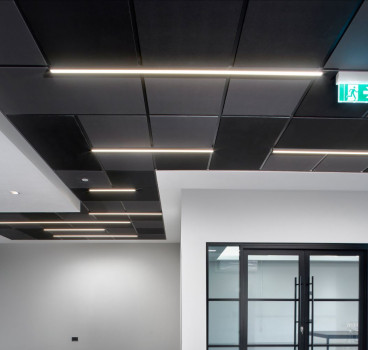How long before new legislation forces the bitumen felt market to change?
Bitumen has always had a bit of a bad record when it comes to getting an excellent fire rating. It must be emphasised of course that there are many products that contain bitumen, probably our oldest and still one of the best waterproofing materials available, that are hard to ignite even with prolonged direct flame – but that is another story.
The material is a key ingredient of roofing felt which is traditionally torched on using a naked flame or requires molten bitumen to achieve a waterproof seal. The dangers of working with an open flame on any building or residence should be taken very seriously.
With all the precaution and experience in the world, the law of averages is against you when you spend the entire day with a naked flame at high volume onto a building. A simple Google search with the key words ‘roof torch fire' will present you with enough articles on fires related to torch applied roofing to leave you wondering how anyone would ever use this product.
There are and have been for many years' cold applied self-adhesive felt membranes but they still represent a small part of the total market and are not universally popular with roofing contractors
So in spite of its reputation torch on Bitumen Felts still dominate the flat roofing market but according to one leading manufacturer, Proteus Waterproofing, based in Rayleigh, Essex, it is possible to install such a product using naked flame without the risk of fire. They have a top waterproofing layer or cap sheet that can achieve the highest fire ratings - and Proteus have added it within a new range of felts recently launched on to the market.
The age old problem is of course, that a fire rated cap sheet costs a little more than one without the same high level of protection and in spite of the lessons of Grenfell price is still king and many contractors seem reluctant to go that extra mile in the interests of increased health and safety.
Key providers are still not pushing the top fire rated membranes as much as they could or should, due to this increased cost because of fears of being out priced by their competitors offering much cheaper non-compliant or barely compliant alternatives.
You could of course ask yet again what price do you put on a life and word is that architects, specifiers and key building owners such as housing associations are no longer prepared to take the risk.
Manufacturers such as Proteus Waterproofing have invested in high end fire rated felts in a serious way and these could well find that they begin to dominate the market in areas where quality and health and safety are paramount.
But, it is more likely that no real change will happen until new legislation outlawing felt products that fail to achieve good fire ratings is introduced. Surely - it cannot come soon enough.
Additional Blogs

When fire breaks out who really knows the system
The story that caught my attention recently wasn’t about fire growth or building loss, it was about confusion. Specifically, the confusion faced by the fire service when arriving at buildings...
Read moreThe design and development of Nexus Layouts
When Zentia set out to rethink the suspended ceiling, the brief was clear: deliver greater creative freedom for designers, more distinctive visual identity for clients, and a solution that could keep...
Read more

The 100-year construction project or why longevity Is the new sustainability
For decades, the construction sector has defined sustainability through metrics such as operational energy, embodied carbon, material efficiency and circularity. These measures remain vital, but a...
Read more